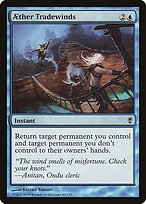

































































Conspiracy is a medium set with 80 commons, 60 uncommons, 35 rares, 10 mythic rares, 13 conspiracy cards, and 12 cards with draft-related abilities. This is an unusual size, as (not counting the special cards) the uncommon, rare, and mythic counts match a small set but the common count is in larger (but less than a large set). Foil cards are included in booster packs with advertised odds of 1 : 67 cards. The set was printed in the USA. [1]
Conspiracy was sold in 15 card booster packs (which contain an additional ad card). Booster boxes have 36 packs.
Conspiracy uses sequential collation.
Packs are back-facing and have only 10 commons followed by 3 uncommons, a rare, either a conspiracy or a card with a draft-related ability, and an ad card. Foil conspiracies and foil cards with draft-related abilities displace the conspiracy or the card with the draft-related ability (and appears in the same place in the pack). Otherwise, the foil will displace a common and appear immediately after the rare. Probably it is not possible for two foils to appear in the same pack.
| 10 Commons | 3 Uncommons | 1 Rare | 1 Conspiracy/Draft Card | 1 Ad Card | |
| 9 Commons | 3 Uncommons | 1 Rare | 1 Foil | 1 Conspiracy/Draft Card | 1 Ad Card |
| 10 Commons | 3 Uncommons | 1 Rare | 1 Foil Conspiracy/Draft Card | 1 Ad Card | |
There are 4 common runs: A, B, C, and D. A and C each contain 22 distinct cards each three times. B and D each contain 17 distinct cards each three times. Packs always get 2-3 A cards, then 2-3 B cards, then 2-3 C cards, then 2-3 D cards. Togther A and B always have 5 cards, and C and D together also have 5. With no foils, A and C would get three cards 3/4 of the time. I haven't analyzed the pattern closely, but the reality seems to have A at 4/5 and C at 3/4. It is likely that A and B are printed on one sheet and C and D are printed on another sheet.
| A | A | A | B | B | C | C | C | D | D |
| A | A | B | B | B | C | C | C | D | D |
| A | A | A | B | B | C | C | D | D | D |
| A | A | B | B | B | C | C | D | D | D |
For the normal foils that displace common cards, foil commons displace A commons, foil uncommons displace C commons, and foil rares and mythic rares displace D commons.
If packs with 3 A commons do indeed appear 4/5 of the time, we can use this to calculate the exact foil common rate as 1/9. This is plausible both empircally (74/671) and from the collation pattern (although the pattern is not strong evidence given the data I have).
Unfortunately, the same analysis applied to the C and D cards creates a problem. Since 3 C commons already seem to appear 3/4 of the time, foil uncommons and foil rares (plus mythics) should be equally rare to keep the C and D cards properly balanced. But, it is pretty clear this is not the case. This suggests the 3/4 is incorrect (although I haven't found any evidence to the contrary) or C cards are short-printed vs D. But it makes little since to short-print some cards on a sheet and not others. (It would involve throwing cards away.)
Furthermore, since uncommon and rare (plus mythic) foils combined are less than the foil common rate, it appear that the sheet with A and B is short-printed compared to the sheet with C and D. (This is not as much of a problem, as the sheets can just be printed in a slightly different ratio.)
Based on pure collation patterns, the foil rare (plus mythic) rate appears to be exactly 1/28. This is also plausible empirically (24/671).
Conspiracy and draft foils appear to be printed on different sheets. I have only observed one rare and no uncommons from this group of cards, but based on collation patterns the commons appear to have the same rate as normal foil rares: 1/28 (empirically, 23/671). This means that on an individual basis, foils of these cards are almost three times as likely than normal foil commons. Also, note that the foil rare appeared to be collated differently than the commons, so these may be on different sheets as well.
Uncommons are printed on one sheet with each card appearing twice (and one filler). This is divided into a 66-card A run (with 33 distinct cards) and a 54-card B run (with 27 distinct cards). Packs can have either 2 A cards followed by 1 B card, or 1 A card followed by 2 B cards. Since the runs are unbalanced, 2 A cards happens 13/20 of the time. (This is a number I calculated mathematically and haven't checked carefully in the collation patterns.)
The conspiracy and draft cards are printed on one sheet. There are 9 commons, 9 uncommons, and 7 rares. The rares appear twice each on the sheet. The commons appear 8 times each on the sheet. Some of the uncommons appear three times and some four times. According to my results, Cogwork Grinder and Cogwork Tracker both appear only three times. This only adds up to 120 cards (which is perhaps surprising). (As always, it's possible for there to be an error in my results, but I observed each card on the sheet at least twice expect for one card.) Note that if all the uncommons appeared four times, they wouldn't fit on the sheet.
Calculating the exact rarities of conspiracy and draft cards depends on unknown foil rates, but they are actually not very similar to other cards in the set. They aren't completely unreasonable, though. For example, ignoring foils, rares appear at a 1/60 rate which, although low for this set, is normal for a large set.
The A common run consists of 22 different cards each appearing three times. The cards are alternating white and blue. The choice of first card is mostly arbitrary.
 |  |  |  |  |  |  |  |  |  |  |
 |  |  |  |  |  |  |  |  |  |  |
 |  |  |  |  |  |  |  |  |  |  |
 |  |  |  |  |  |  |  |  |  |  |
 |  |  |  |  |  |  |  |  |  |  |
 |  |  |  |  |  |  |  |  |  |  |
The B common run consists of 18 different cards each appearing three times. This run contains all the red commons plus a few blue cards. The choice of first card is mostly arbitrary.
 |  |  |  |  |  |  |  |  |  | 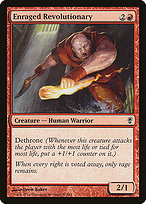 |
 |  |  |  |  |  | 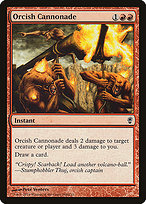 |  | 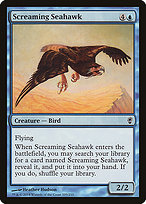 |  |  |
 |  |  |  |  |  |  |  |  |  |  |
 |  |  |  |  |  |  |  |  |  |  |
 |  |  |  |  |  |  |  |  |  |
The C common run consists of 22 different cards each appearing three times. The cards are alternating black and green. The choice of first card is mostly arbitrary.
 |  |  |  |  |  |  |  |  | 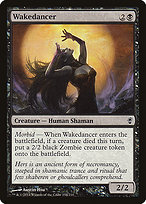 |  |
 |  |  |  |  |  |  |  |  |  |  |
 |  |  |  |  |  |  |  |  |  |  |
 |  |  |  |  |  |  |  |  |  |  |
 |  |  |  |  |  |  |  |  |  |  |
 |  |  |  |  |  |  |  |  |  |  |
The D common run consists of 18 different cards each appearing three times. It contains the remaining non-red cards. The choice of first card is mostly arbitrary.
 |  |  |  |  |  |  |  |  |  |  |
 |  |  |  |  |  |  |  |  |  |  |
 |  |  |  |  |  | 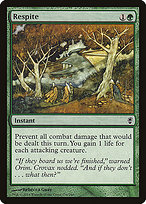 |  |  |  |  |
 |  |  |  |  |  |  |  |  |  |  |
 |  |  |  |  |  |  |  |  |  |
The A uncommon run consists of 33 different cards each appearing twice. The choice of first card is mostly arbitrary.
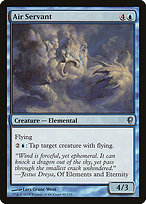 |  | 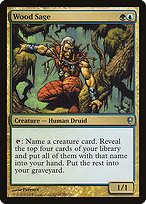 |  |  |  | 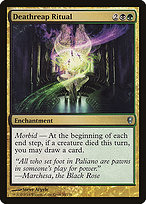 |  |  | 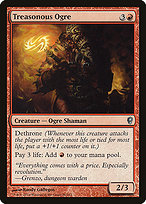 | 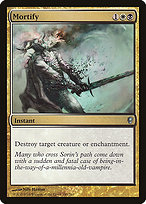 |
 |  |  | 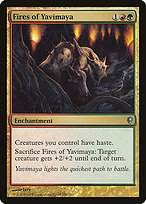 |  | 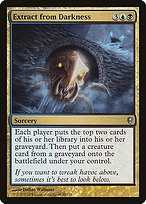 |  |  | 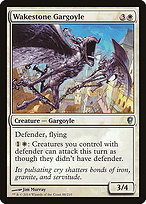 |  |  |
 |  |  | 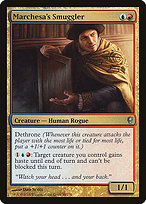 |  |  |  | 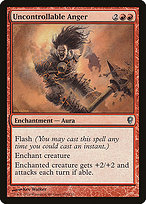 |  |  |  |
 |  |  |  |  |  |  |  |  |  |  |
 |  |  |  |  |  |  |  |  |  |  |
 |  |  |  |  |  |  |  |  |  |  |
The B uncommon run also consists of 27 different cards each appearing twice. The choice of first card is mostly arbitrary.
 |  |  |  |  |  |  | 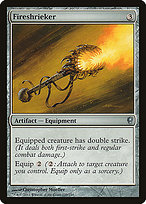 | 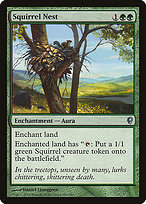 |  |  |
 |  |  |  |  |  |  |  |  |  |  |
 |  |  |  | 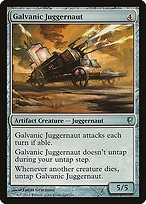 |  |  |  |  |  |  |
 |  |  |  |  |  |  |  |  |  |  |
 |  |  |  |  |  |  |  |  |  |
All of the marketing cards in Conspiracy have a token, emblem, or tip on the front face. They are printed on an 11 × 11 sheet with different items appearing different numbers of times. The choice of first card is mostly arbitrary.
 |  |  |  |  |  |  |  |  | 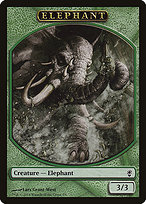 |  |
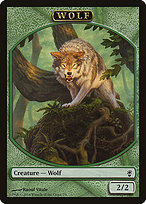 |  |  |  |  |  |  |  |  |  |  |
 |  |  |  |  |  |  |  |  |  |  |
 |  |  |  |  |  |  |  |  |  |  |
 |  |  |  |  |  |  |  |  |  |  |
 |  |  |  |  |  |  |  |  |  |  |
 |  |  |  |  |  |  |  |  |  |  |
 |  |  |  |  |  |  |  |  |  |  |
 |  |  |  |  |  |  |  |  |  |  |
 |  |  |  |  |  |  |  |  |  |  |
 |  |  |  |  |  |  |  |  |  |  |
| Token Rarity | ||
|---|---|---|
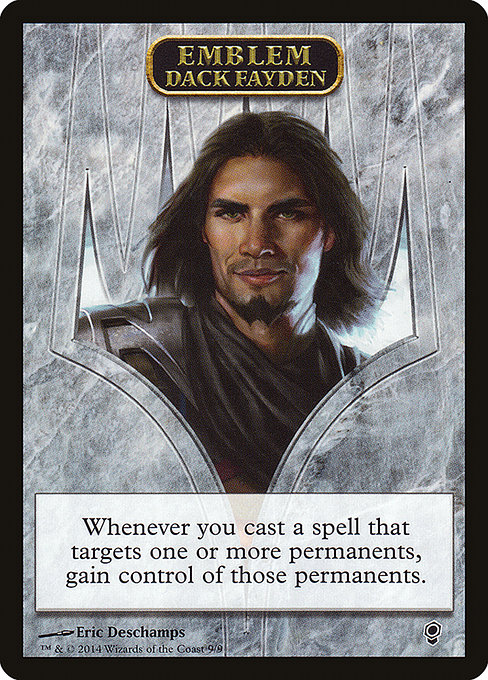 Dack Fayden Emblem × 1 Dack Fayden Emblem × 1 |  Demon × 2 Demon × 2 |  Ogre × 2 Ogre × 2 |
 Zombie × 7 Zombie × 7 |  Wolf × 10 Wolf × 10 |  Conspiracy Tip Card × 12 Conspiracy Tip Card × 12 |
 Construct × 12 Construct × 12 | 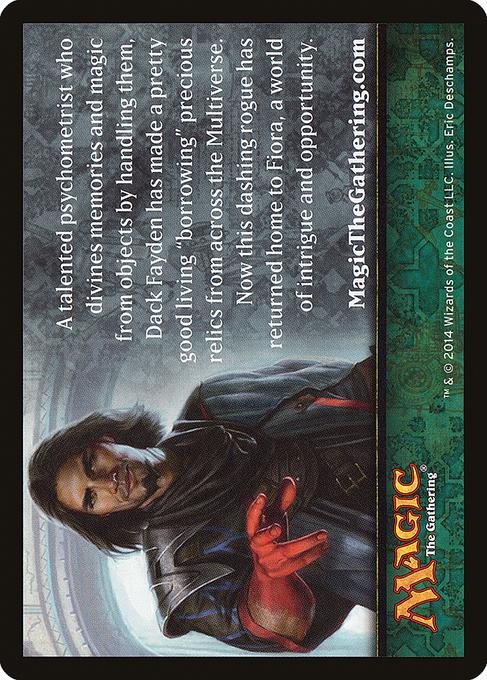 Dack Tip Card × 12 Dack Tip Card × 12 | 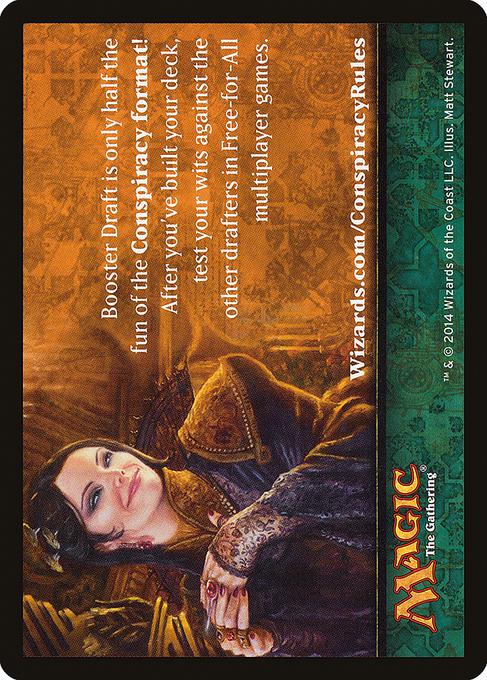 Draft Tip Card × 12 Draft Tip Card × 12 |
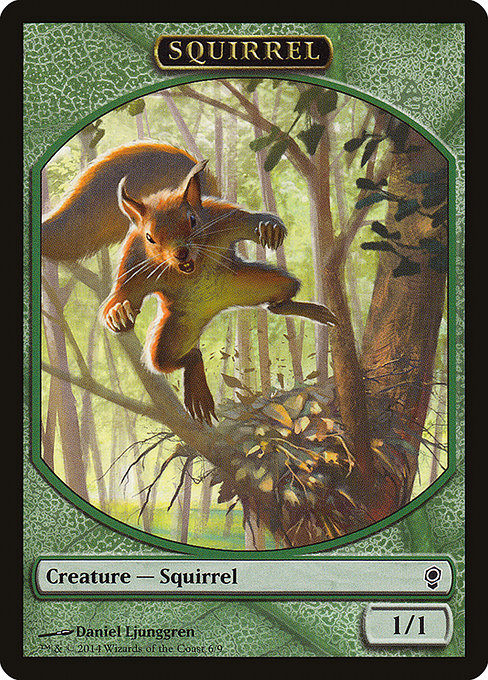 Squirrel × 12 Squirrel × 12 |  Elephant × 13 Elephant × 13 |  Spirit × 26 Spirit × 26 |
[1] The "Compilation of Manufacture Information for MTG Products" thread on the Magic Librarities Forum lists Belgian-printed Conspiracy as uncertain. Considering this is a supplemental set that is only printed in a few languages, I think the existence of Belgian product is unlikely. (I also did not find any during my research.)